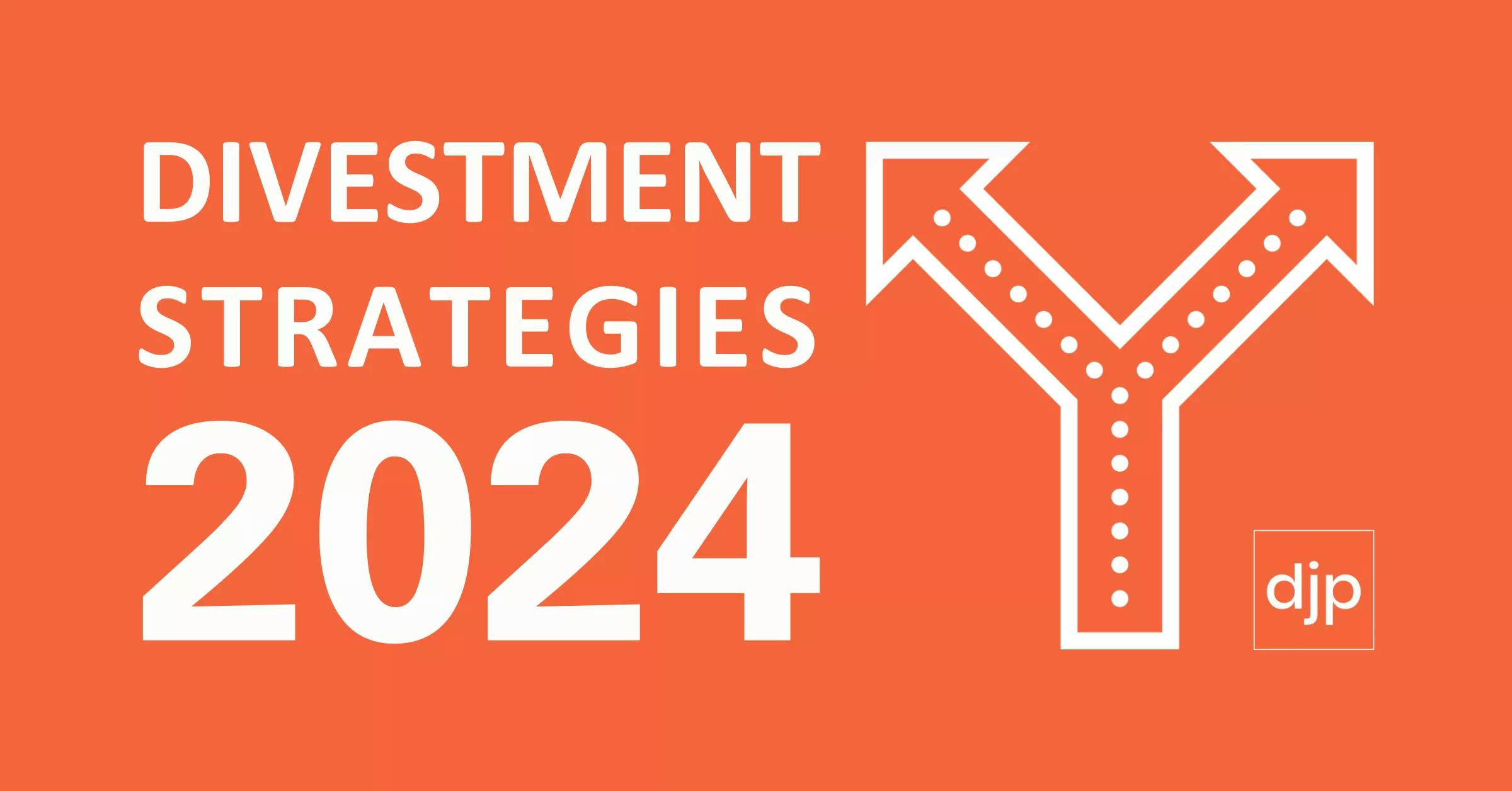Looking at the natural cycle of accounting practices will inevitably lead us to consider the divestment stage. At a certain point or age, slowing down and enjoying the transition into retirement with family and close friends is a goal for anyone. As for most baby boomers, they want to manage it all the way to the end; and I might add, in style. But, what about the journey there; what if there was some disruption.
Protect thy Practice – “it’s a goldmine!” Asset maintaining strategies sometimes come up in conversation, although, generally we do put off difficult decisions, especially something that has any emotional side to it. This also is up against the fact most professionals don’t have the time to focus on themselves.
Even if you are not thinking of selling your practice it is wise to implement a contingency plan. The following are a few points towards creating your plan.
- Communicate: The most important. Converse with business partners, key staff members and most importantly your spouse and family members – they need to be aware and fully informed
- Plan: A simple strategy; even if it is just an envelope, only to be released in an emergency with clear instructions and directions that chart out the process; names and contact numbers, including the solicitor’s. Everyone should be aware of what to do, maintaining smooth and seamless continuity – review yearly
“If you only implement two, implement the first two.”
- Employment agreements: Keep staff and clients by implementing employment agreements with each and every staff member; don’t forget the restrictive covenants
- Buddy System: Set up a group of trusted Accountants. Don’t forget they have their own business. Keep in mind; can your buddies maintain your practice as well as their own?
- Insurance: Life, Key man, income protection insurance to help pay for maintaining the asset whilst one is incapacitated
- Valuation: Conduct a yearly internal valuation (rule-of-thumb, EBIT multiple, etc.) of the practice. Clearly indicating each equity holder’s position – review yearly
- Internal succession: Groom multiple candidates with the understanding their desire to step-up may change
- Divestment: Knowing your neighbours or interested parties, always weigh Monies vs. Terms. Ask everyone for advice
- Buy-out Agreements: Implement a structured agreement with multiple scenarios, although, keep as simple as possible
- Ownership: Clearly document to alleviate challenges internally or externally. Sole director of a company creates further hurdles.
- Transfer of ownership: Time lag can push the borderlines of legality
- Data: Access procedures by trusted parties (internally or externally) to maintain continuity.
- Passwords: Ever-secure systems make it harder when one is incapacitated, keeping in mind there might be multiple layers, one should focus on: Software(s), ASIC (document retrieval and changes), ATO, Bank(s) (they might lock the accounts)
- Protect the family: Prepare a will, make a power of Attorney and Appoint an Enduring Guardian. Q.Where is the will? A. With No.2.
- Probate: Be aware of time lag and it’s disruptions
As the average age of practitioners does start to edge up we have found numerous parties coming to us in the last minutes for a quick divestment. Tragically prices can plummet if divestment is sought during time of duress and not acted on immediately. Implementing a contingency plan can help protect your asset.
Jadeja Parnters – Call for an obligation free discussion
Phone: 1300 523 352
Web: www.jadejapartners.com
Magnus Yoshikawa
Mobile: 0408 885 944
Email: magnus@jadeja.com.au



